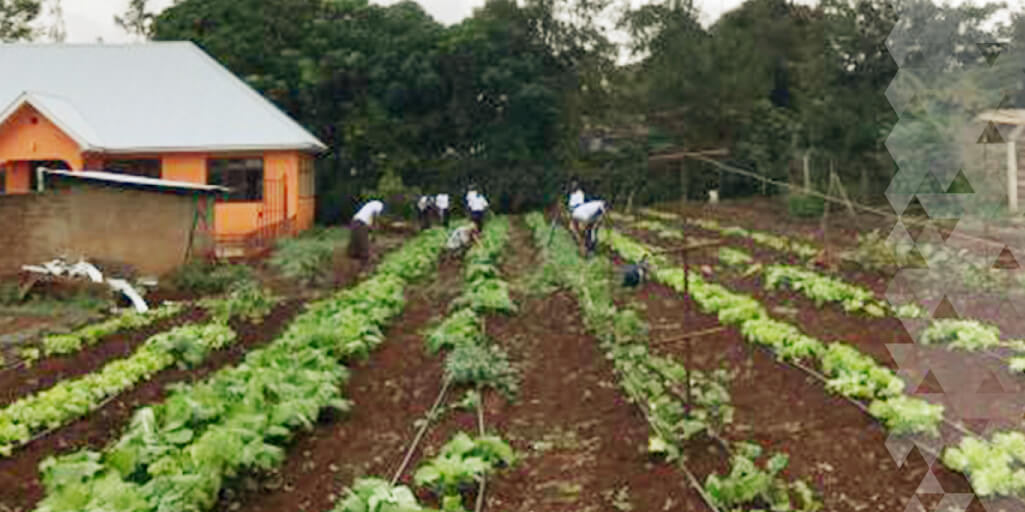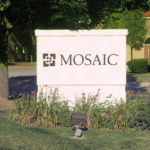When The Rains Do Not Come

When Mosaic staff visited Building a Caring Community in April, everyone was talking about the weather. The rainy season in Moshi usually starts in March, with daily downpours that turn the roads into thick, slippery mud and the hills and fields turn green again. The gray days are a welcome relief from the oven-like heat of the dry season. People plant beans and watch the crops of maize shoot up. Everyone wears knit hats and sweaters and can’t understand why the tourists don’t think 70 degrees is cold. Center attendance decreases because children can’t cross the full river beds.
But this year, the sun was still hot and glaring in April. The dust still blew up from the roads. The children did not have problems getting to the centers. Everyone we met told us the rains were late. That food was expensive. That the crops would not grow. The rains had not come. For an agricultural society, what could be more important?
The 2011 East African drought was reportedly the region’s worst in 60 years. That crisis affected more than 12 million people, but the one we are watching today has already left 12.8 million severely food insecure and things are expected to worsen.
While, the situation is worse in South Sudan and Kenya, Tanzania is seeing the effects as well. The erratic rainfall has led to reduced crop production and depleted pastures for grazing livestock, increased the malnutrition rates, and driven up the cost of food.
Families are coping by skipping meals, reducing portions, looking for additional labor and income opportunities, or selling household assets to provide food for their households. However, after three years of drought conditions, most families have used all their resources already and are not prepared to cope with a crisis.
Nationwide, the exact number of people at risk is unknown. The national government is resisting calls for a declaration of emergency. The Evangelical Lutheran Church of Tanzania (ELCT) has put out an appeal for hunger relief in an effort to protect the most vulnerable. Through distributing maize, beans, seeds, and fertilizer, and training farmers in sustainable farming techniques, the church hopes to increase food security for 20,000 people in five districts throughout two regions. To put that in perspective, there are nearly 185,000 people in Moshi alone.
After telling us about the lack of rain, many people also told us about how expensive food has become. The staff in the centers were concerned they would need to increase their budgets in order to provide nutritious meals for the children. Our Young Adult Farm was struggling with the lack of rain. (It looks great now though, thanks to the amazing effort of staff and young adults.) Although we have an irrigation system, the water bills are exceeding the current budget.
We watched children that already suffer from malnutrition slowly eat their porridge and worried. What will climate change, drought, and increased food insecurity mean for a population that we know to be exceedingly vulnerable?
It is frightening.
This post is the first in a two-part series looking at how Mosaic’s International partners in Tanzania address food scarcity and nutrition during droughts. To learn more, read these links from Lutheran World Relief and African Arguments.


